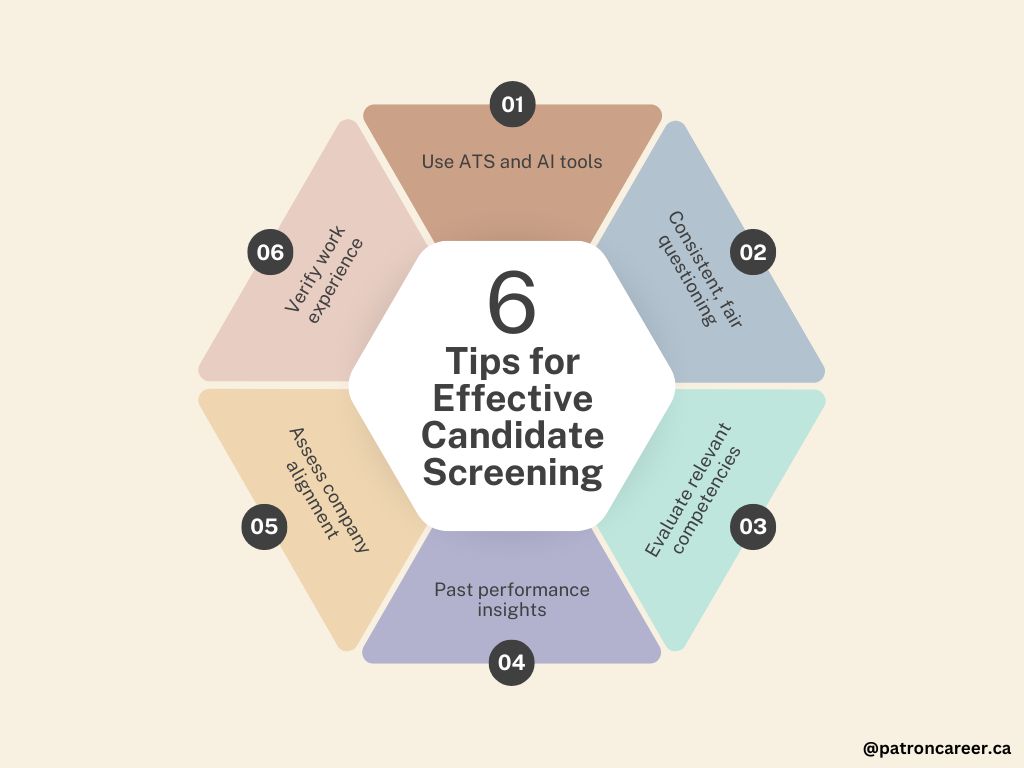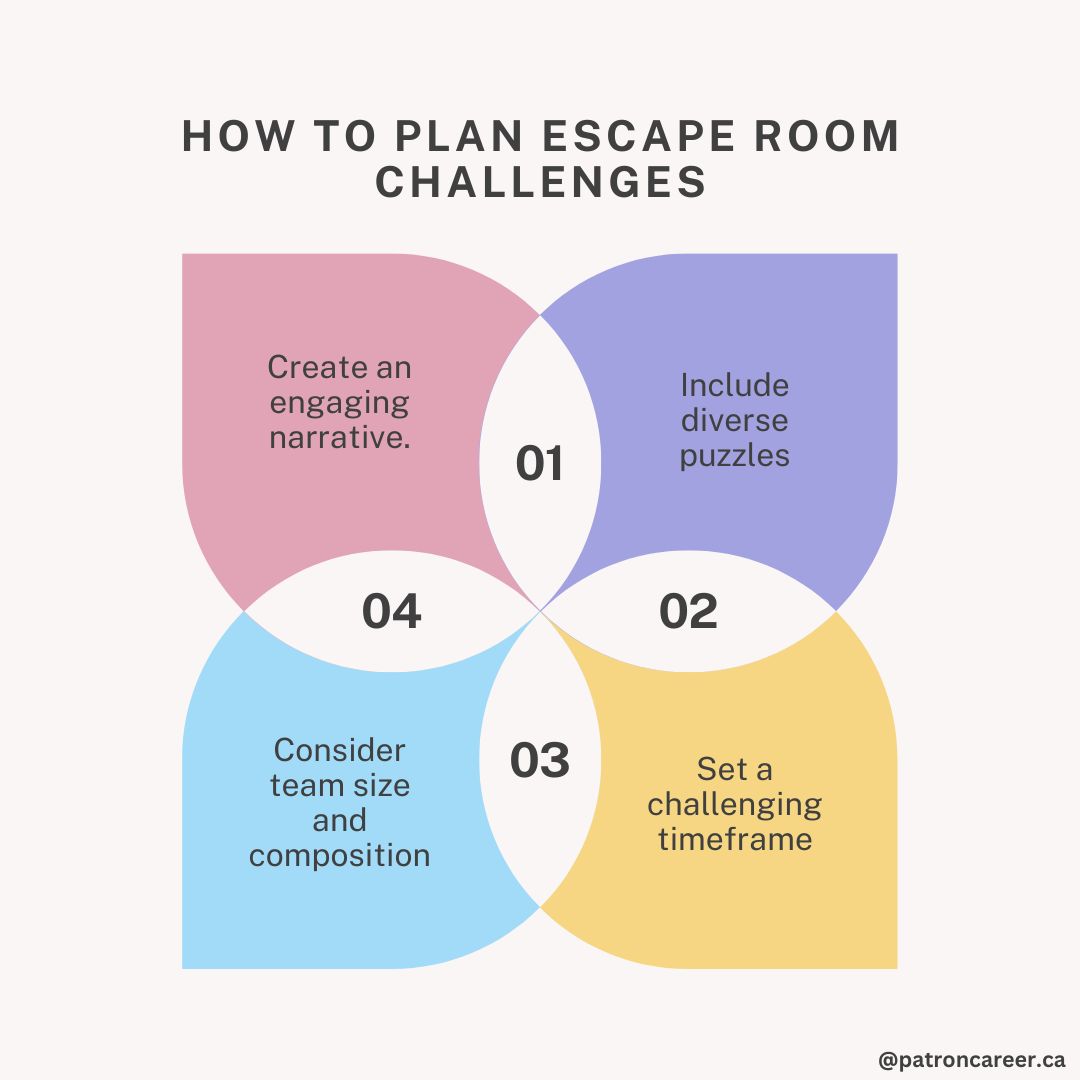Candidate Screening 101: Five Innovative Screening Techniques for Recruiters
Applicant screening is the cornerstone of any hiring process. It plays a pivotal role in separating the top-notch talent amongst the mass of candidates and is one of the initial stages of the hiring process. It involves reviewing job applications, and resumes, and conducting interviews to ensure that only highly qualified candidates are selected. Take it as more of a filtering out step to give a chance to candidates who align with the job requirements.
The talent managers or recruiters are responsible for identifying suitable candidates for the job openings. It is thus adamant to get a wholesome picture of what it means to hire smart and the best practices that can make this tedious process more engaging.
Related: It's Time to Make Better Your Recruitment Efforts! 5 Proven Strategies for Swift Hiring.
The Plusses of Effective Screening for Both Recruiters and Candidates
The art and science of application screening might be challenging but it is beneficial for employers and candidates alike:
For Recruiters
- You can identify best-fits with higher accuracy
- You save time and supplementary expenses
- Your turnover reduces
- Innovation at work blooms, with employees bringing fresh ideas to the table.
- Candidate experience and productivity improve from day one
- Advocates stronger team dynamics
Did You Know?
Video interviews can reduce the hiring time by up to 50%." Incorporating video screening not only saves time but also provides valuable insights into a candidate’s communication skills, body language, and professionalism.
For Candidates
- They get a clear understanding of role expectations
- Only candidates with the right skills are placed in the right job
- Your turnover reduces
- There is a surge in candidate engagement and job satisfaction
- Their perception of the company enhances
- They get career growth and advancement opportunities
Before uncovering our tips and tricks on successful candidate screening, let's delve into common mistakes to avoid and recommended practices to hire efficiently.
Dos of Candidate Screening
- Devise clear job descriptions that outline required skills, qualifications and experience
- Develop a standardized questionnaire i.e. screen through structured interviews
- Use pre-recruitment tests such as aptitude, personality or skill tests to assess candidates
- Use technology to the best of your advantage such as applicant tracking systems (ATS)
- Involve a panel of diverse interviewers to avoid bias
- Verify candidates through background checks and improve the quality of hires
Read: Job Interview Do’s and Don’ts for Interviewers and Job-Hunters
Don’ts of Candidate Screening
- Don’t rely solely on resumes. There might be more than what meets the eye.
- Don’t ignore the cultural alignment of candidates, hire the ones who match your company's culture.
- Don’t ghost candidates, maintain transparent communication about their selection and other timelines
- Don’t overlook the red flags such as frequent job changes or gaps in employment
- Avoid making assumptions about candidates based on their appearance, background, or first impression without further evaluation.
Read: How to Conduct Effective Video Interviews and Assess Candidates Remotely
5 Innovative Candidate Screening Techniques Every Recruiter Must Know About
Traditional screening techniques might not always work efficiently in screening modern candidates for today’s dynamic job requirements. As the workplace evolves, so must our approach to bridge the gap between current workplace demands and the skills of potential candidates.
PCS is at the forefront of better hiring and we have come up with 5 useful methods to amplify your existing screening mechanism:
1. Gamified Assessments
What they are: Gamified assessments use game elements to evaluate candidates. They can be in various forms such as problem-solving games, simulations or role-playing, which candidates can perform in groups. Recruiters should ensure the alignment of these game tasks with the role they are looking to fulfil.
Perks: opting for these assessments can elevate candidate engagement and lessen pre- employment testing stress amongst employees. Employers can evaluate a candidate’s cognitive abilities, personality and aptitude for the given jobs.
2. Escape Room Challenges
What they are: as the name suggests, these tend to analyse where they have to solve puzzles or complete tasks to “escape” from the virtual or physical room they are “trapped in”.
Perks: mainly these challenges are associated with showcasing team skills and how well candidates perform under pressure. It can be beneficial to attract potential candidates with leadership traits.
3. Virtual Reality (VR) Simulations
What they are: VR simulations involve virtual environments which are an imitation of real-world scenarios. By immersing candidates into practical job set-ups, recruiters can observe how they react to different situations and challenges that they might eventually face when hired for the job.
Perks: with VR simulations, candidates experience a realistic preview of job tasks and associated challenges. For recruiters, it allows them to observe behavioural insights and assess candidates accordingly.
4. Hackathons
What they are: to drive top talent, employers should use hackathons as an effective technique for candidate screening. Hackathons are competitive events to assess how candidates perform individually and within a team. They have to solve problems or fulfil projects within a deadline, which is especially useful for technical roles such as IT programming.
Perks: it allows employers to gain insights into a candidate's real-time problem-solving. Candidates can showcase their technical skills and creativity and even so, their ability to collaborate with fellow candidates.
5. Group Activities
What they are: apart from traditional screening, recruiters can plan group activities to drive top talent. These can take the form of task participation, brainstorming sessions and collaborating on a project to check candidate creativity and communication skills.
Perks: it works best to assess the interpersonal and soft skills of candidates which are just as important as hard skills. It allows candidates to bring out their creative sides and leave a good impression on the headhunters.
Read Job Search Etiquette in Canada: Do's and Don'ts
Master the Art of Candidate Screening
Use a combination of traditional and modern fun techniques to elevate your talent hiring process and build a workforce of utmost competence. Apart from these enjoyable practices, embrace crucial techniques such as defining clear job requirements, using structured interviews, utilizing pre- screening tests and conducting background verifications to evaluate candidates fairly.
Happy Hiring!
Are you worried about finding work? Search tons of job titles and offers on Patron Career Staffing Solutions and show employers what you’re capable of.






